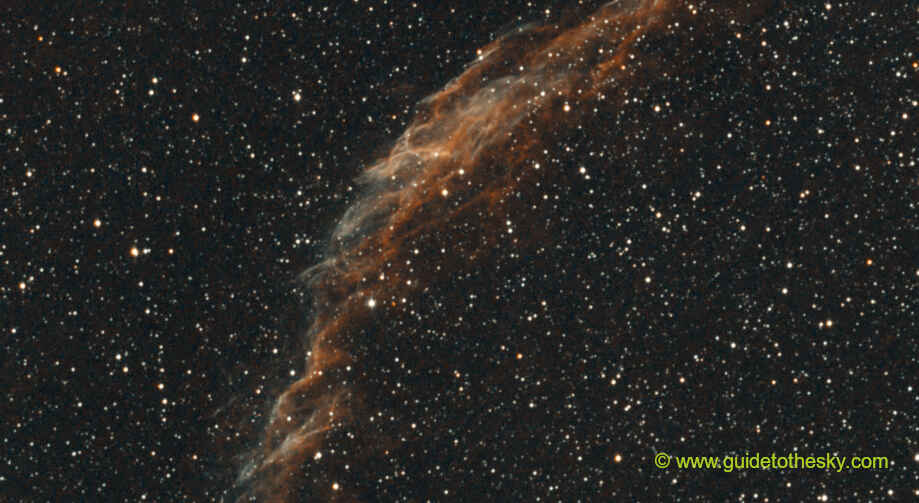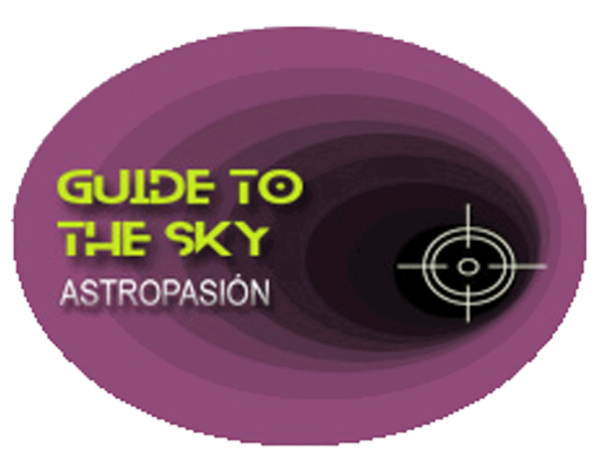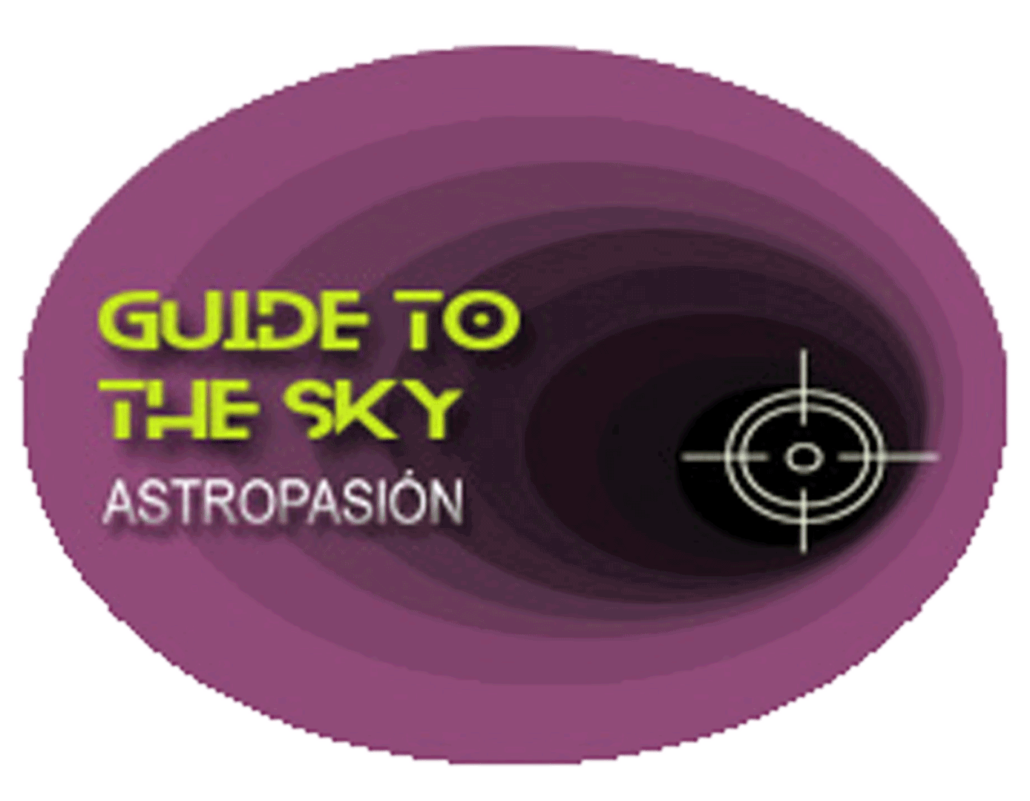NGC 6992 - Cygnus

Una de las regiones más densas de este fantástico objeto, que si disponemos de un campo de más de 3º podremos fotografiar en todo su conjunto.
NGC6992 - - en la IA
NGC 6992 is one of the brighter portions of the Veil Nebula, also known as the Cygnus Loop. Here's a breakdown of what makes it interesting:
What it is:
-
Supernova Remnant: NGC 6992 is a fragment of a supernova remnant – the expanding cloud of gas and dust left behind after a massive star exploded.
-
Part of a Larger Structure: It's specifically part of the eastern section of the Veil Nebula. The entire Veil Nebula is a huge, complex structure spread across several degrees of the sky. Other prominent parts include NGC 6960 (the Western Veil), and Pickering's Triangle (also known as Pickering's Wedge, or the Filaments of Pickering).
-
Distance: It's located in the constellation Cygnus (the Swan), at a distance of approximately 2,400 light-years from Earth.
-
Age: The supernova that created the Veil Nebula is estimated to have occurred between 10,000 and 20,000 years ago.
Appearance and Characteristics:
-
Filamentary Structure: NGC 6992, like the rest of the Veil Nebula, exhibits a very delicate, wispy, and filamentary structure. These filaments are created as the expanding shock wave from the supernova slams into the surrounding interstellar medium (the gas and dust between stars).
-
Ionized Gas: The colors seen in images of NGC 6992 are primarily due to the excitation and ionization of different elements within the gas by the supernova's shock wave and radiation.
- Red: Primarily due to hydrogen-alpha (Hα) emission.
- Blue/Green: Primarily due to oxygen-III ([O III]) emission.
Observing:
-
Challenge: NGC 6992, like the entire Veil Nebula, is a faint object. It requires dark skies away from light pollution to be seen well.
-
Equipment: A telescope with a wide field of view is ideal for observing the larger structure. Narrowband filters, especially an OIII filter and an H-alpha filter, significantly enhance contrast and allow you to see the fainter details. Binoculars can show the brightest portions under excellent conditions.
-
Best Time: The best time to observe it is during late summer and autumn when Cygnus is high in the night sky.
Scientific Significance:
- Supernova Remnant Study: The Veil Nebula is an important object for studying the physics of supernova remnants, the interaction of supernova ejecta with the interstellar medium, and the formation of new stars.
- Heavy Element Dispersal: Supernovae are crucial for dispersing heavy elements (elements heavier than hydrogen and helium) created within stars out into the universe. The Veil Nebula is a visible example of this process.
In summary, NGC 6992 is a beautiful and scientifically valuable piece of a much larger supernova remnant, showcasing the aftermath of a stellar explosion and its impact on the surrounding environment.
Más información sobre NGC 6992 en NASA/IPAC.
Mapa alrededor de NGC 6992
Otros identificadores de NGC6992:
"NGC 6992",

